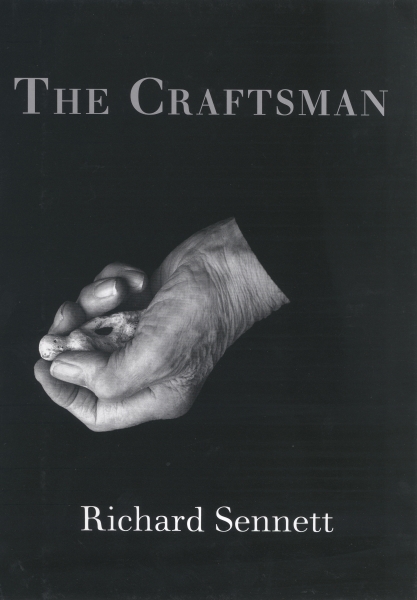
The Craftsman (2009) Richard Sennett
Sennet describes craft as a body-centred cultural and cognitive technique in which practice plays a central role. This is because craft techniques can be described, but their execution is based on implicit knowledge. Practised craftspeople know what they do, but it is impossible to put this into language. For this reason, a method of teaching by doing and re-doing has developed in crafts in order to gain experiential knowledge through one’s own physical practice, until the skills become second nature. In contrast to training, the practitioner should only repeat a process as often as his attention span lasts in the relevant phase. Sennett points out that mistakes and failures are unavoidable and even advance the crafts. They are a prerequisite for optimising the techniques and fine-tuning the tools. In this way, the tools organise the experience of imagination and empathy in dialogue with the material. In this sense the craftsman reacts positively to chance and limitation and allows resulting metamorphoses. It can get to the point where a craftsman, in his exuberance and excitement, is ready to lose control of his work and thus make new discoveries because of a sudden, unplanned success. From then on, this experience is imprinted as a guiding thread. Imagination can now be based on the certainty that something that is not could be. The work is not only goal-oriented but at the same time result-oriented, in the sense that during the work, one always looks at what arises in addition to what was planned. In Sennett’s view, craftsmanship is not limited to handicrafts, but stands more generally for the desire to do something concrete well and carefully for its own sake.
Justus Theinart
Hochschule Darmstadt
Sennet, R (2009) The Craftsman. Yale University Press
